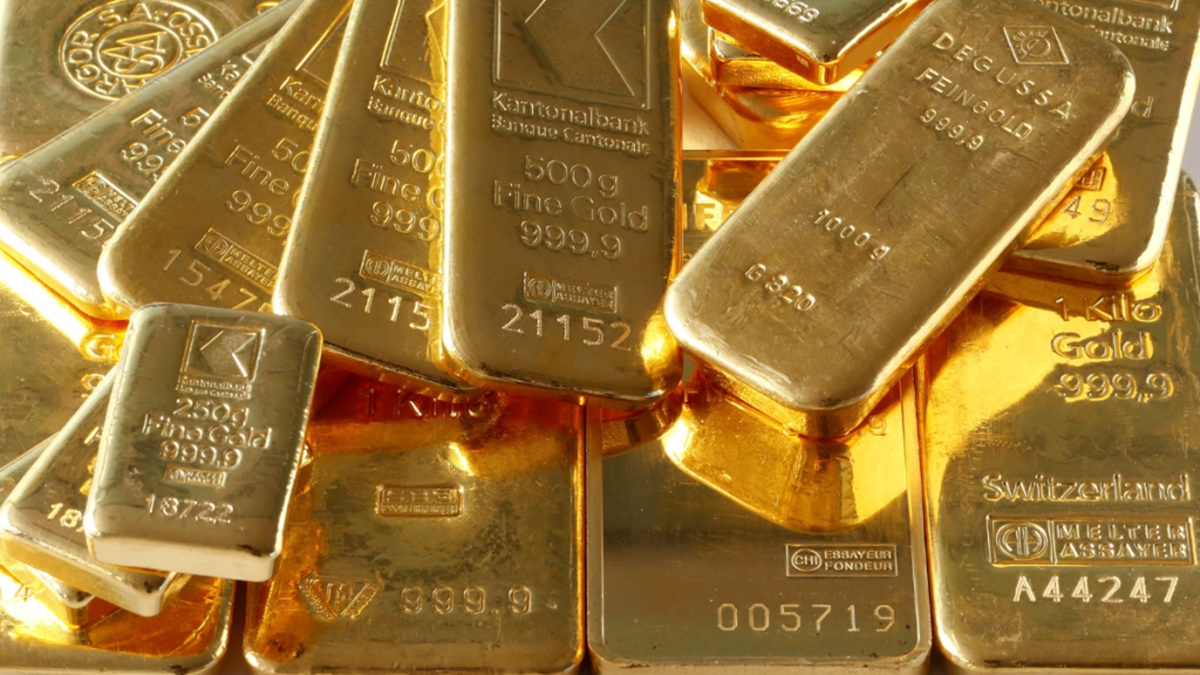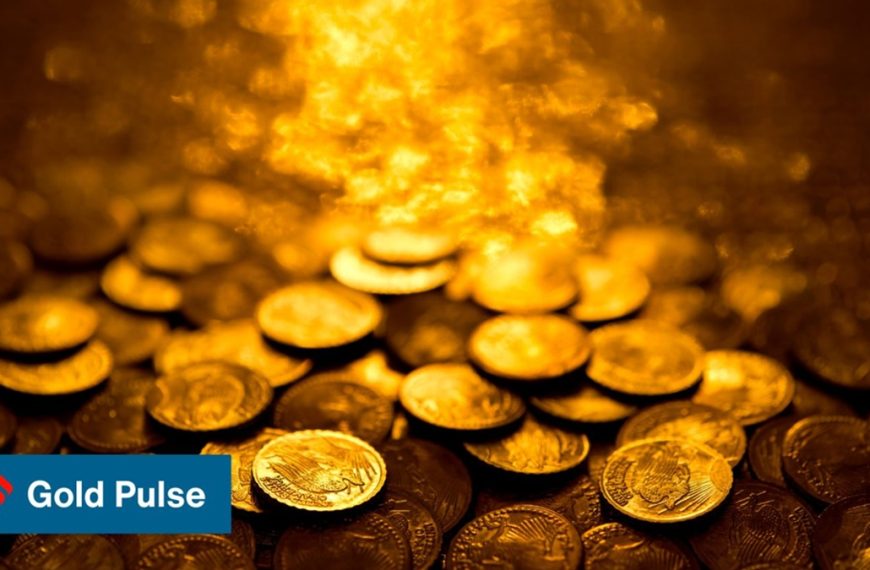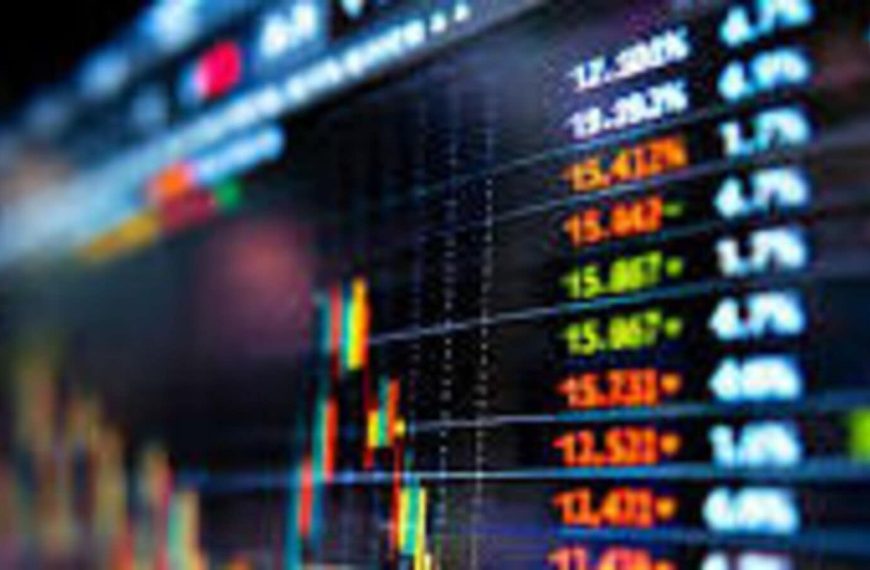In recent times, gold prices have surged to unprecedented levels, driven by a combination of factors such as tariff unpredictability, a declining dollar, and escalating concerns about stagflation. Institutional investors and central banks are gravitating towards gold as a secure investment, propelling its value to new heights. This article delves into the current landscape of gold pricing and demand, particularly in India, while examining the implications of these developments on the global market.
Gold Price Trends
The current trajectory of gold prices remains positive, largely fueled by ongoing global trade tensions. Last week, gold made headlines by climbing 1.9% to hit $3,071 per ounce, marking its fourth consecutive weekly gain. Just days later, it reached an impressive $3,124 per ounce. As of 2025, gold has consistently outperformed many other asset classes, bolstered by a weak dollar and unstable equity markets. The convergence of these factors indicates a robust outlook for the yellow metal in the near future.
Indian Demand for Gold
In India, the appetite for gold remains strong due to its deep-rooted cultural significance and its role as a financial safeguard. While the recent surge in prices has somewhat tempered new jewelry purchases, seasonal festivities and wedding-related buying are expected to maintain demand momentum. Analysts predict that India’s total gold demand for the year will fall between 700 to 800 tonnes, even amidst price challenges.
Positive Effects of Import Duty Reductions
The recent cuts in import duties have positively influenced the gold market. These reductions have helped curtail unofficial imports, stabilize formal channels, and support the domestic gold sector. As a result, the industry has become more organized and transparent, leading to a healthier market environment. Notably, gold smuggling activities have significantly decreased since July 2024, thanks to these regulatory changes.
Gold vs. Other Investment Options
Gold has established itself as a reliable asset during times of economic and geopolitical uncertainty. It has consistently safeguarded wealth and provided impressive returns, achieving record prices. In contrast, while silver is also considered a store of value, its price volatility is higher due to its industrial uses and sensitivity to economic fluctuations. Equities and real estate may yield favorable returns during economic upswings, but they are often subject to market volatility and policy changes. Gold’s consistent performance in turbulent times makes it a standout option compared to these other asset classes.
Central Banks Increasing Gold Reserves
A noticeable trend among central banks is the increase in gold holdings as a strategy for diversifying foreign exchange reserves and mitigating risks associated with geopolitical and economic instability. With sovereign debt rising and currency volatility on the rise, gold’s intrinsic value and liquidity make it an appealing investment. The past three years have seen record levels of gold purchases by central banks worldwide, highlighting this growing trend.
RBI’s Strategic Moves
The Reserve Bank of India (RBI) has been proactive in bolstering its gold reserves, maintaining a steady purchasing strategy in recent years. In 2024, the RBI acquired 72.6 tonnes of gold, positioning itself as the second-largest central bank buyer globally, following Poland. By the end of 2024, the central bank’s gold holdings totaled 876.18 tonnes, reflecting its commitment to strengthening its financial foundation.
The Future of Gold Monetization
India’s households collectively hold over 25,000 tonnes of gold, presenting significant potential for gold monetization and efficient recycling. While digital gold lending represents a smaller aspect of this monetization, the lack of regulation poses risks of consumer deception from unscrupulous operators. The gems and jewellery sector, a crucial component of the gold industry, contributes approximately 2% to India’s GDP and 15% to its merchandise exports. Current taxation on gold, including a 6% import duty and 3% GST, remains high, potentially incentivizing illicit imports. Reducing these burdens could enhance gold’s role in India’s economy while promoting transparency and growth in the sector.
Through these developments, it’s clear that the gold market is not only resilient but evolving, with significant implications for investors and economies worldwide.
Note: The author’s insights reflect a personal perspective on the gold market and its dynamics, not an official stance of any organization.











